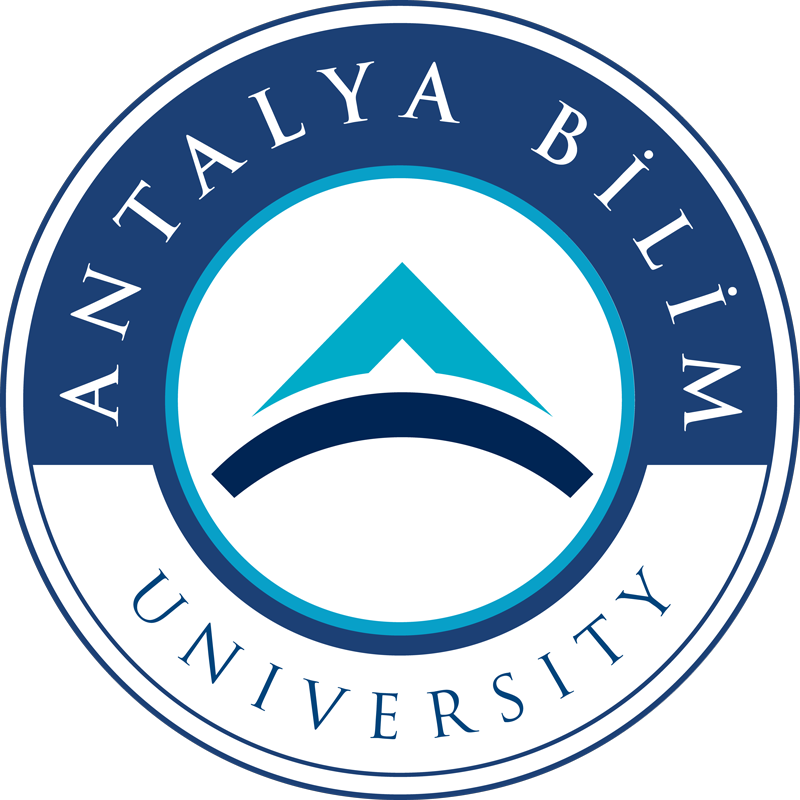MATRIX OF PROGRAM OUTCOMES & FIELD QUALIFICATIONS:
0 : Doesn’t support 1 : Low-level support 2 : Mid-level support 3 : High-level support
|
PROGRAM QUALIFICATIONS (OUTCOMES) |
1 |
2 |
3 |
4 |
5 |
6 |
7 |
8 |
9 |
10 |
11 |
12 |
13 |
14 |
15 |
|
Have sufficient background in mathematics, natural sciences and their own field of study. |
3 |
3 |
2 |
1 |
3 |
0 |
0 |
0 |
0 |
0 |
0 |
0 |
0 |
0 |
0 |
|
Make use of theoretical and practical knowledge on mathematics, natural sciences and their own field concurrently for engineering solutions.
|
3 |
3 |
3
|
1 |
2 |
0 |
0 |
0 |
0 |
0 |
0 |
0 |
0 |
0 |
0 |
|
Have awareness of universal and social influences of their solution proposals to environmental problems; are conscious about entrepreneurship and innovation; and have knowledge about problems of the age in which they live. |
1 |
1 |
2 |
1 |
2 |
0 |
3 |
1 |
3 |
2 |
3 |
2 |
0 |
2 |
2 |
|
Have consciousness about project management, workplace practices, workers’ health, environmental risk evaluation, environmental and work safety; and have awareness about legal consequences of engineering applications. |
0 |
0 |
3 |
0 |
0 |
3 |
0 |
3 |
2 |
2 |
3 |
3 |
0 |
0 |
0 |
|
Have sense of professional and ethical responsibility. |
0 |
0 |
0 |
0 |
0 |
1 |
0 |
0 |
1 |
3 |
3 |
0 |
0 |
0 |
0 |
|
Have access to information and do literature survey; and make use of databases and other information resources. |
1 |
3 |
3 |
2 |
2 |
0 |
3 |
0 |
0 |
0 |
0 |
1 |
0 |
0 |
0 |
|
Establish technical communication through technical drawing. |
0 |
0 |
0 |
1 |
0 |
0 |
0 |
0 |
0 |
0 |
0 |
1 |
3 |
3 |
3 |
|
Communicate in oral and written form in a foreign language at minimum B1 level, as defined by the European Language Portfolio. |
0 |
0 |
0 |
0 |
0 |
0 |
2 |
3 |
1 |
1 |
0 |
0 |
0 |
0 |
0 |
|
Use computer software and communication and information technologies required in the field at the advanced level, as defined by the European Computer Driving License. |
0 |
0 |
0 |
2 |
1 |
0 |
2 |
0 |
0 |
0 |
0 |
0 |
2 |
3 |
3 |
|
Assume active responsibility in individual work or multi-disciplinary team work. |
0 |
0 |
0 |
0 |
0 |
3 |
2 |
0 |
2 |
2 |
2 |
2 |
0 |
0 |
0 |
|
Select and use modern techniques and devices required for engineering applications.
|
0 |
3 |
0 |
3 |
2 |
0 |
0 |
0 |
2 |
0 |
0 |
1 |
1 |
2 |
1 |
|
Analyze a system, a system component or a process; make a design in consideration of realistic constraints in order to meet the needs expected; and apply modern design methods. |
0 |
3 |
3 |
2 |
1 |
0 |
0 |
0 |
2 |
0 |
0 |
2 |
1 |
2 |
0 |
|
Identify, define, formulate and solve engineering problems; select and apply analytical methods and modeling techniques appropriate for this purpose. |
3 |
3 |
2 |
2 |
2 |
0 |
0 |
0 |
0 |
0 |
1 |
2 |
1 |
2 |
3 |
|
Are aware of the need for lifelong learning; keep up with the developments in science and technology and renew themselves continuously. |
0 |
2 |
0 |
0 |
0 |
0 |
3 |
0 |
2 |
0 |
0 |
2 |
0 |
1 |
0 |
|
Design and conduct experiments; collect data; report and interpret the data collected. |
1 |
2 |
1 |
2 |
3 |
0 |
1 |
0 |
1 |
1 |
1 |
2 |
0 |
2 |
0 |
